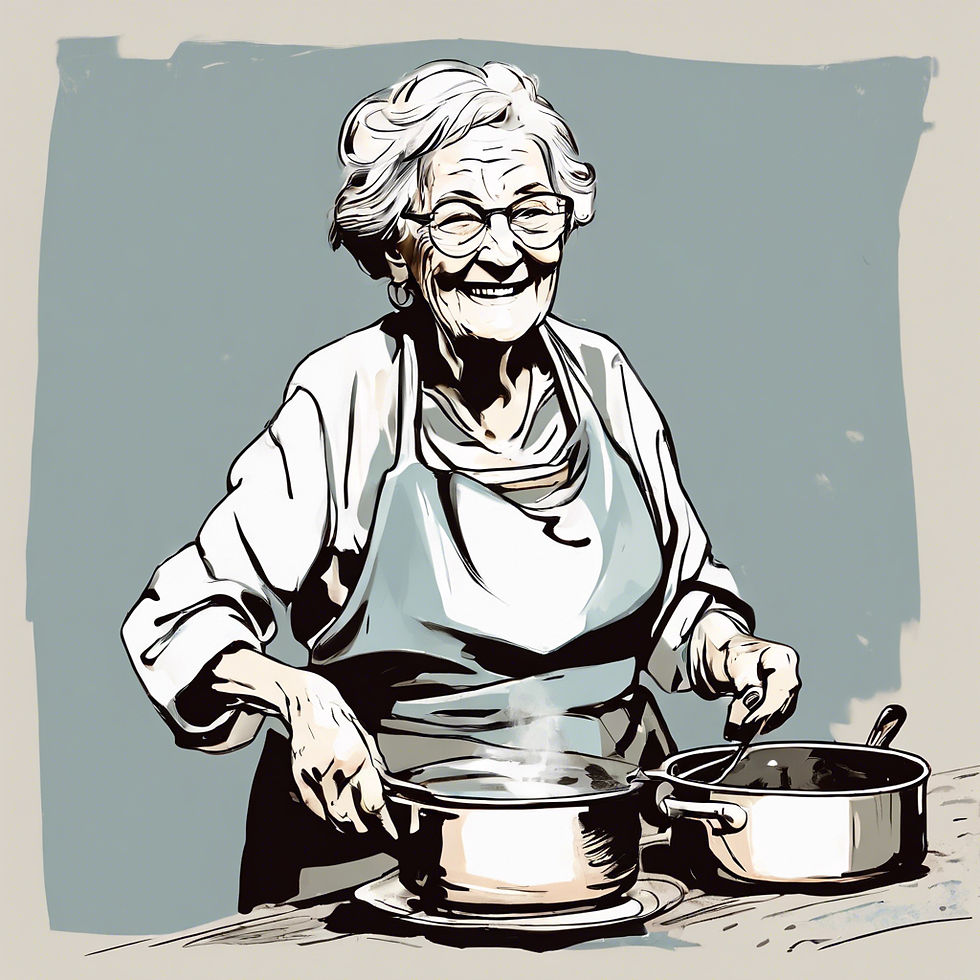Question answered: How to showcase culinary traditions with Food Design tools and techniques?
- francescazampollo
- Nov 4, 2024
- 2 min read
Updated: Nov 17, 2024
A few days ago I received this question:
What food design techniques or tools would you recommend to achieve the goal of showcasing a specific culinary tradition?
Techniques and tools are the two components of a Design method. Tools represent the tangible elements of a Design method, while techniques describe the activities within that method. Therefore, it's more accurate to discuss Design methods in relation to achieving a specific Design goal.
The Design methods I recommend for showcasing a culinary traditions are those found in the Food Design Thinking methodology, of course. This process is designed for any project centered around food and the act of eating. The goal of showcasing a specific culinary traditions can certainly be achieved through a Food Design Thinking process.
I suggest using Design methods from all phases of a Design process—or, specifically, from all phases of the Food Design Thinking process. This means starting by investigating your context of interest, gathering information, analyzing it, and making sense of what you’ve collected. Then, use that information during idea generation sessions before arriving at a concept, which can then be prototyped.
Some approaches I recommend for such a project, since the goal is to showcase a particular culinary tradition, would be:
Use storytelling: You can contextualize ingredients, cooking methods, regional flavors, and more through visual presentations, menus, and interactions with diners. Remember that many tools are available to tell a story, including the elements of the eating experience, which are outlined in the Food Design Target.
Engage all senses: Design not only for taste but for all the senses involved in interacting with food.
Emphasize locality and authenticity: When highlighting a specific culinary tradition, it’s crucial to consider the systemic impact of locality. This includes local ingredients, techniques, and preserving traditions. You can design aspects of the eating experience that emphasize the authenticity of ingredients, recipes, or location, thus representing the specific cultural and geographic identity of a certain place.
Design for cohesiveness: Ensure coherence between all aspects that influence the eating experience, including food, vessels, space, and human interactions. Each element—whether food, serving vessels, or dining space—should align to tell the same story through a symbiosis of cohesive stimuli.
Participatory design and co-design: Involve members of the local community who hold the stories and knowledge of a culinary traditions in the Design process. Co-designing with them, particularly in generating ideas and developing new propositions, will help ensure authenticity and a deeper connection to the culinary culture.
System thinking and Food System Design: For every decision in the design process, consider its impact on the broader food system. A participatory or co-design approach can help you assess the full implications of your choices, ensuring a more thoughtful and sustainable outcome.

Comments